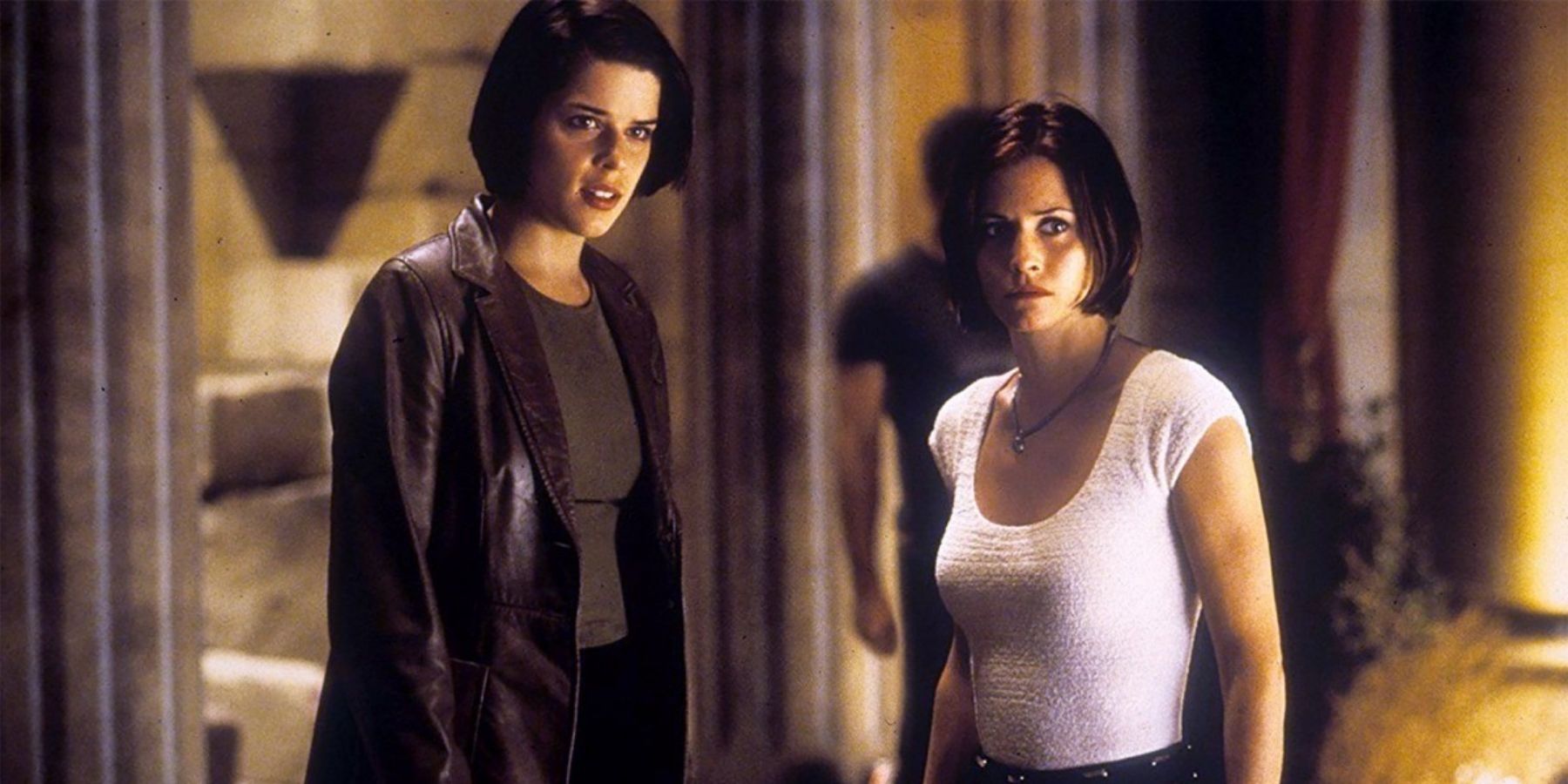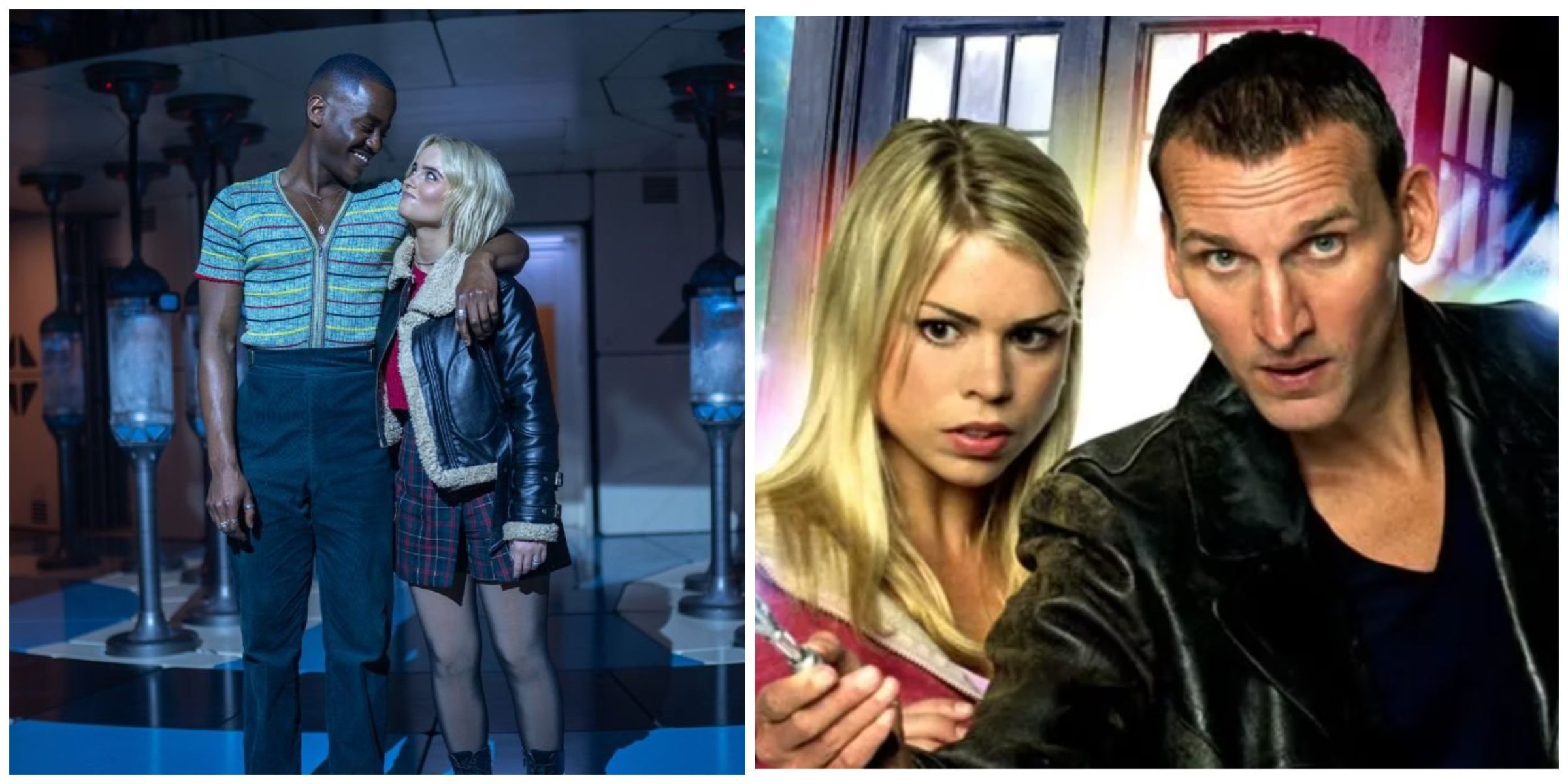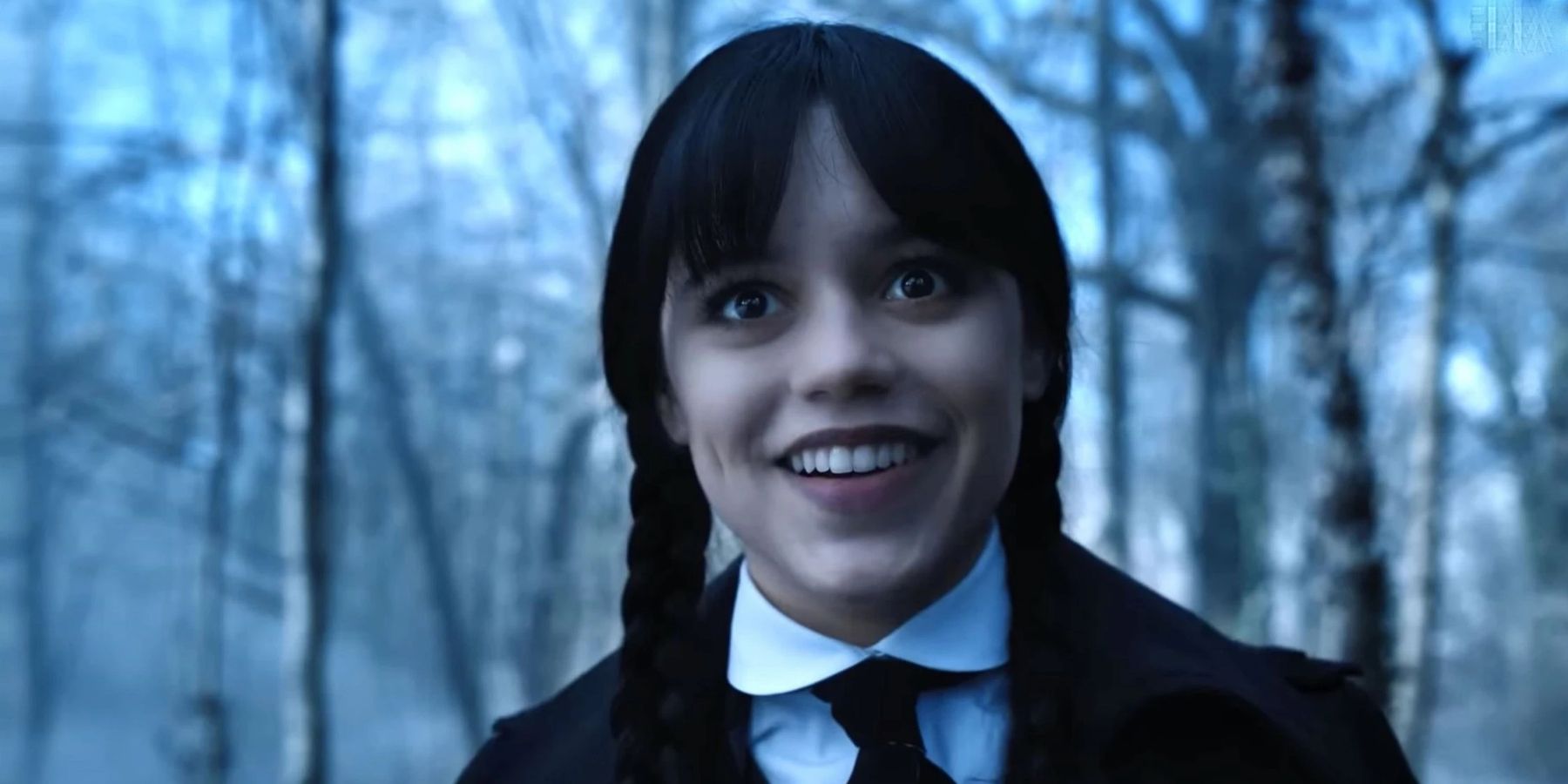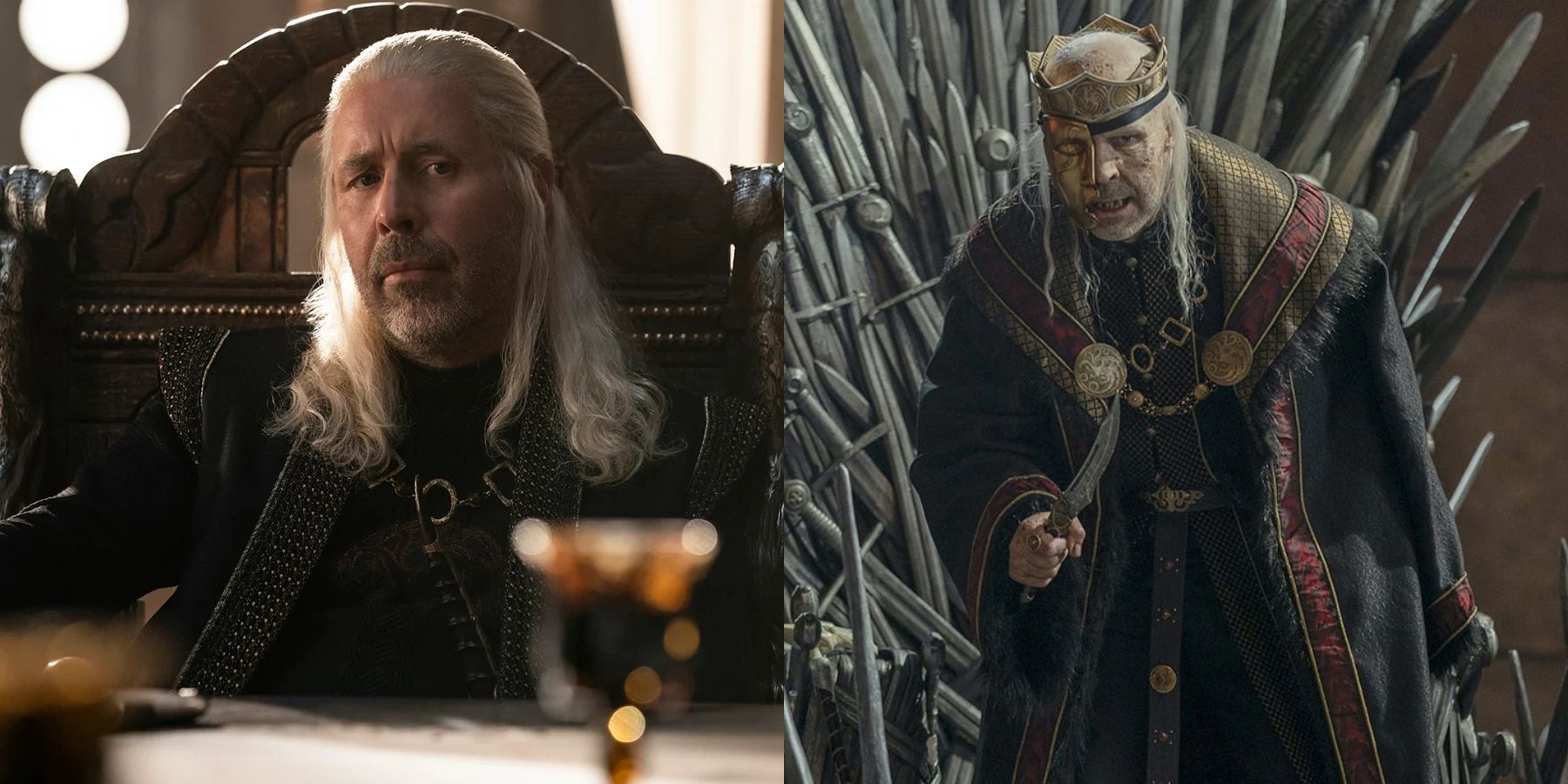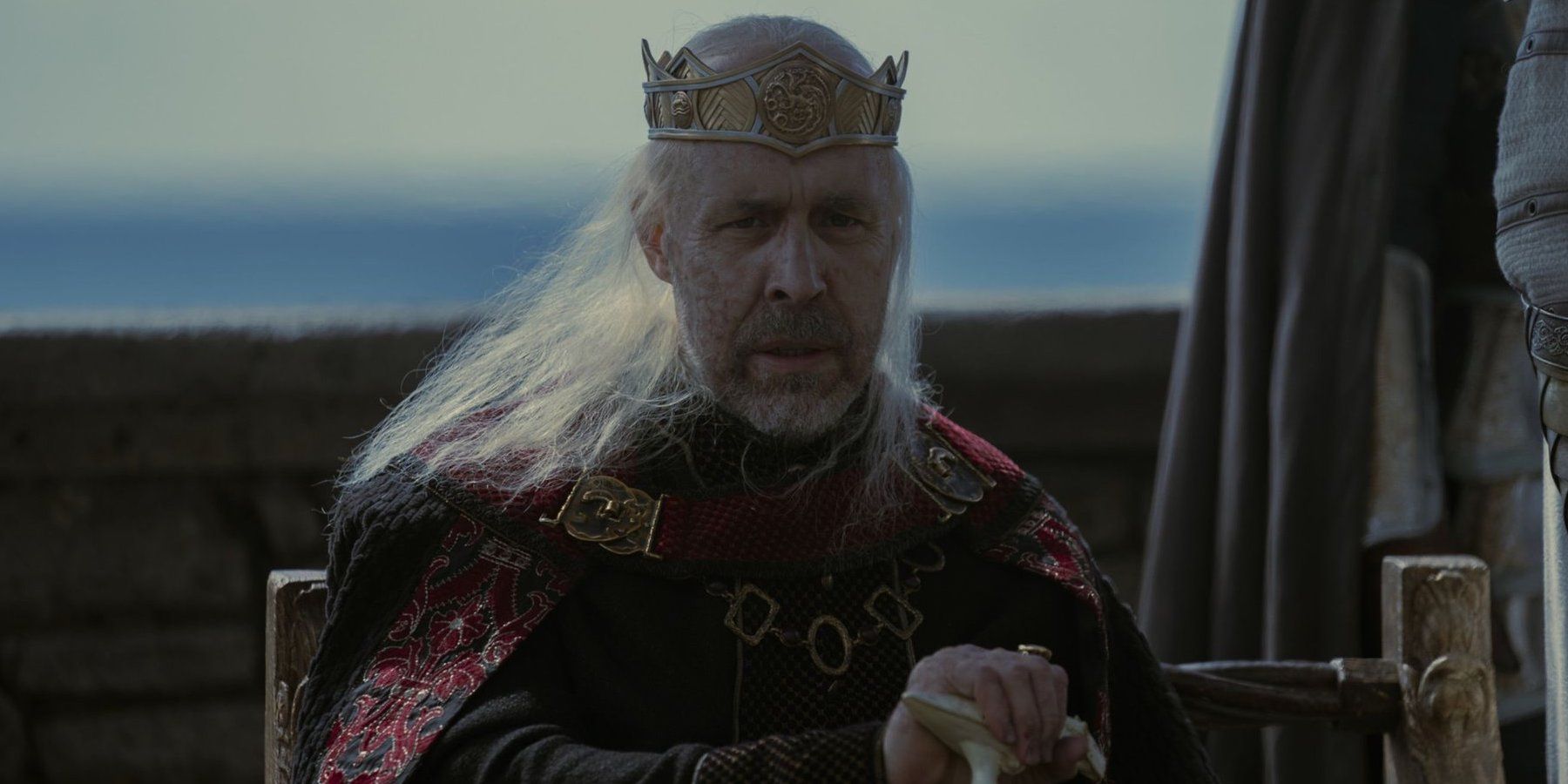One of the standouts of House of the Dragon was definitely King Viserys (Paddy Considine), the sickly monarch of the Seven Kingdoms who was trying to keep his family together despite a civil war clearly being on the horizon. Recently, one of the prosthetic designers for the show has discussed Viserys' disease and how it influenced the prosthetics used to show its progression.
House of the Dragon covers one of the most important periods in Targaryen history. The Dance of the Dragons, also known as the Dying of the Dragons, is absolutely the focus of the show. Much of season one is focused on the buildup to the event itself, however. Part of that buildup involved a deep look at King Viserys, who proved to be ineffectual at delaying the inevitable. A symbolic gesture the show chose to make that highlighted this was Viserys' relationship with the Iron Throne. For much of the season, he is uneasy on it and constantly receives cuts from the Targaryen seat of power. Eventually, these wounds become infected and lead to a serious, progressive disease that wastes away at Viserys throughout the season.
A Variety report details how prosthetic designer Barrie Gower and his team went about crafting the prosthetics for Viserys' flesh-eating disease. Gower, who brought Game of Thrones' Night King and Stranger Things' Vecna to life, is an incredibly talented prosthetic artist. “We researched various flesh-eating disorders,” he stated. “Necrosis, leprosy, all kinds of horrible references. Lots of interesting shapes, colors and ulcers. They could give us a good indication for textures, colors, glosses, how dry things would be. It’s very grounded in the real world of horrible diseases.”
The report further details that Viserys' final, half-missing face look was achieved using a mix of visual and practical effects. “We knew we wouldn’t be able to achieve that final look completely practically, because we would have all these holes in Paddy’s head,” Gower said. “We had fully prosthetic make-up that covered all of Paddy’s face for those scenes. We had areas that were painted green for the visual effects department to remove in post. They also tucked in the build of Paddy’s face, so they made him a lot more slender and gaunt.” The effect, Gower explained, was to bring the House of the Dragon audience remorse and sadness, but no feelings of horror, towards Viserys.
In conjunction with Considine's performance, the audience felt great sympathy for the king as he deteriorated. The make-up and performance led to a particularly powerful, emotional moment in House of the Dragon's episode 8 that was unscripted, which highlighted the complex, gray characters the franchise excels at.
Even George R.R. Martin has stated that he thinks Considine's version of Viserys is better than his book counterpart. The effects no doubt did their job, and Gower and his House of the Dragon team should be lauded for bringing the character to life in such a realistic way. His transformation over the series is gut-wrenching and showcases his own deterioration. Viserys never recovers after causing his wife Aemma's (Sian Brooke) death and his continued acceptance of his fate illustrates this perfectly.
House of the Dragon is streaming on HBO Max.
Source: Variety

